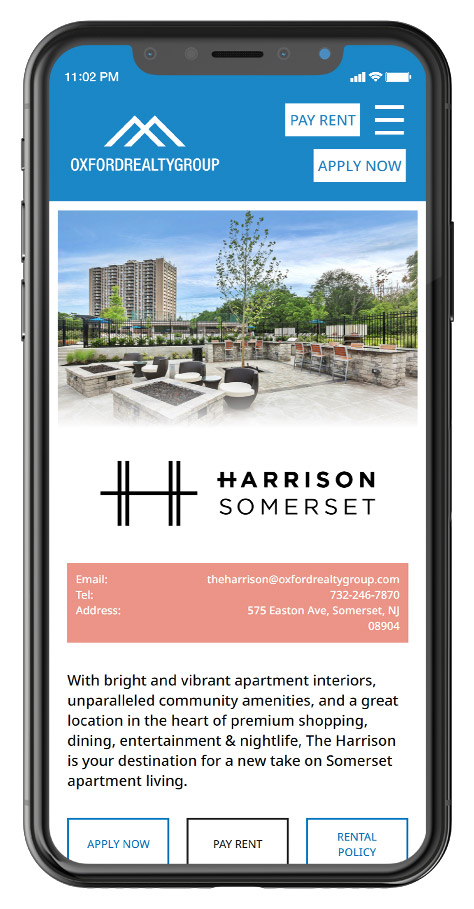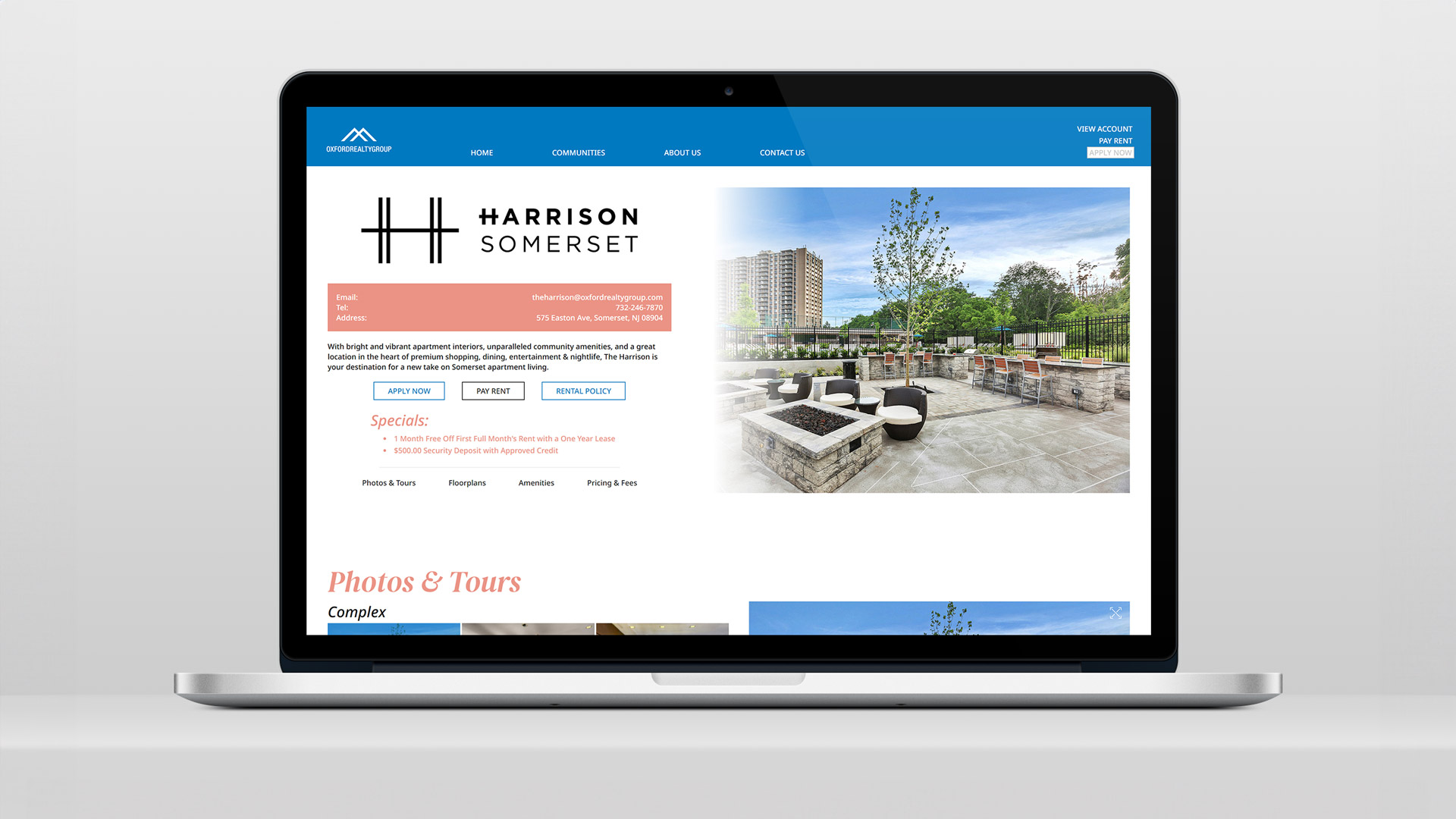If you haven't already, catch up on our series: 1 - Brand Elements Overview, 2 - Visual Identity, and 3 - Physical Elements.
In today’s digital age, everyone is searching for information online, and your customers are no exception. A thorough and inviting website can give potential customers a better understanding of your offerings and credentials. However, building out a website requires many careful considerations.
The User Experience
A website with a poor layout or one that makes information hard to find and consume is unlikely to attract and retain visitors. They will start to leave the website quickly, skyrocketing your bounce rate (percentage of visitors that leave your site after viewing only one page), which can negatively affect your search engine rankings and ultimately hamper your site’s growth.
On the other hand, a website that offers a seamless and intuitive user experience is more likely to have longer visits and returning visitors. A user who finds the site easy to navigate will stay there longer, engage with your content, and potentially convert into a paying customer. Here are some things to keep in mind when thinking about the user’s experience:
- How easy is the navigation to find and use, especially on mobile devices?
- Is the information on each page accurate and easy to comprehend?
- Is your website legible on all devices?
- Does the website load quickly and efficiently?

Mobile Friendly
Continuing with creating a positive experience, it’s important to consider the device used to access your website. The ability to visit a site on a phone has been available since early 2000s. However, larger screen devices such as laptops or desktops were the dominant devices at the time, leaving mobile sites as an afterthought. Over the past 10 or so years, mobile device usage has surged, accounting for over half of all website visits in 2022. As a result, mobile friendly websites have become the default method of development and brought in a new age of design called responsive design.
The responsive design methodology ensures that a website adapts its functionality, capabilities, and visibility based on the size of the device’s screen it is being viewed on. The goal is to optimize the user experience across all devices, including desktop, tablet, and mobile. It is achieved through the use of flexible layouts, optimized images, and specific coding requirements that allow the website to respond instantly. By implementing responsive design, you can ensure that your website is accessible and user-friendly on all devices.
Visual Design
A website gives you the perfect opportunity to immerse visitors in your company’s unique branding. Utilize the company style guide (you do have a style guide, right?), adhere to the appropriate fonts and colors in their intended hierarchy, and use your supporting elements (photos, illustrations, iconography, etc.) to really drive the experience home. You can see some great examples of brand unification back in Part 2.
A consistent visual representation is critical when building trust between a company and its customers. By maintaining the same communication style, customers become more familiar with the brand and in turn trust it more. Additionally, developing a visual hierarchy that can be used throughout your website will make the content easier to follow.
By developing your brand’s key components, establishing a standardization for visual communication, and prioritizing its use, you can build an eye-catching website that reinforces your brand’s message.
Site Content
It’s great to build a beautiful website that’s user-friendly and visually on-brand, but as they say, content is king. First and foremost, make sure you are thorough with what is included on your website. Your services, philosophy, team, etc. should be accessible and updated frequently. Visitors don’t want to look at a company’s website only to find out everything is a year out of date.
In order to effectively update your website, it should be built on a Content Management System, or CMS. The most common choice is WordPress, which is used on over 40% of all websites. It is versatile tool that allows site owners to create blog posts, pages, and even establish their own online store. Once set up, most of the content can be edited without even touching a single line of code.
To successfully convey important information, it is crucial to highlight key details. Visitors are likely to skim through lengthy blocks of information unless they are highly engaged with the material. This presents a valuable opportunity to concentrate on the qualities, values, or outcomes that will convert these visitors into new customers.
You should also frequently create new relevant content (blog posts, FAQ, etc.) that can regularly direct people to your site. Not only does it attract both new and returning visitors, but it will help search engines more accurately rank your website based on factors such as material relevancy and increased visitor count.
Now that you have all of this content at your fingertips, it should also be used on more than just your website. Use it for social media posts, marketing collateral, and ad campaigns. Doing so will also provide a consistent voice across all your marketing efforts.

Analytics
In order to track the success of your site and make any necessary changes, it’s important to include an analytics service, such as Google Analytics, on your website. Collecting analytical data will allow you to see what pages are having the best results, how long visitors are staying on your site, and even how they are going about accessing content, just as a few examples.
If you or your social media marketer are running Facebook and/or Instagram ad campaigns, incorporating Facebook Pixel on your site allows Facebook to measure data and provide more insight into how well your ad campaigns are doing.
Conclusion
Websites can seem like a complicated and difficult project to take on. If you plan ahead, think of the users’ experiences, and work with a trusted designer/developer, your company will have a successful website that not only attracts new users, but converts them into new customers as well.